At last week’s press junket for The Ghost Bride, Umapagan Ampikaipakan sat down with series directors Quek Shio Chuan and Ho Yuhang, as well as showrunner Zainir Aminullah, for a quick chat about bringing to life Netflix’s first Malaysian original in the Chinese language.
Zainir, seven years ago, when you first started Ideate Media, I remember you talking about the lack of good local material to adapt. Has anything changed since you first started looking for material all those years ago?
Zainir Aminullah: Good materials is just one perspective. You could argue that if you wanted to find good materials you could find them. But as we obviously discovered in our process to put out The Ghost Bride, it’s all about the adaptation. It’s all about what materials we have and whether or not that will be good enough for the TV series and in this case, for a global audience. There’s that pressure for us to make sure that this series is able to sit next to Money Heist, next to Narcos, and next to The Witcher. The material is one, but at the end of the day, the delivery, the performance, and the look must be up to par.
So what did you see in The Ghost Bride that made you go: “Alright, let’s do this!”?
ZA: There are a lot of local peculiarities. There’s enough local content in there for people to say: “It’s Mandarin, but where is this? It’s Chinese, but not familiar.” There’s enough of that for people to be intrigued and be interested enough to say: “Where is this coming from?” But the common themes are love, relationships, family, tradition, culture, and heritage. All of that is global.
If I know anything about your taste, there’s one thing I picked up from The Ghost Bride, and it’s that the main character is very Austen-esque. She’s modern, motherless, poor, well-educated, and dislikes the idea of marriage. And in that sense it does speak to a global audience because the character is indeed a universal one.
ZA: We’re clearly ahead of our time.
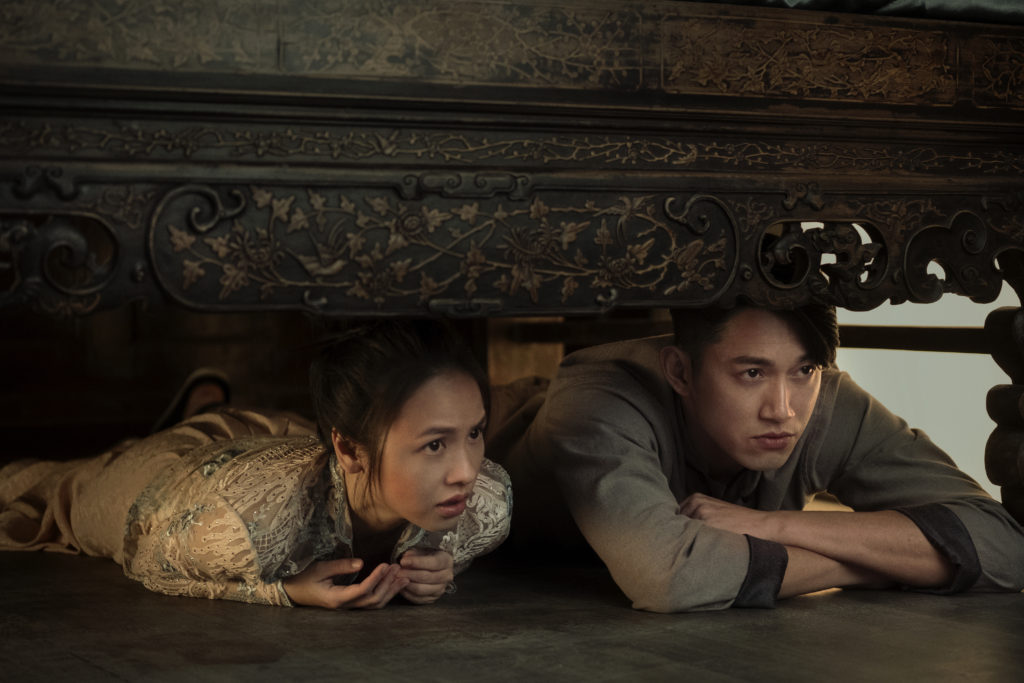
Quek… Yuhang… when you set out to direct this, did you have an audience in mind?
Quek Shio Chuan: Our approach, as Zainir mentioned, was to make this as universal as possible. So that actually comes across, not just in terms of execution of plot, but throughout. Even in the way we do our art direction and our costumes. Everything is made with the hope that it would appeal to an universal audience. The question was how do we distinguish ourselves from those other shows on Netflix? How do we add a unique Malaysian flavour to it?
Well, that’s the thing isn’t it? You can argue that there is a Hollywood look, or a British look, or a Japanese look. But is there a Malaysian look?
Ho Yuhang: I’m not sure.
Are you then trying to embrace it? Move away from it? Create it?
QSC: I would say it’s a genuine attempt to create it.
HY: Yeah. You have to create it. Is there such a thing as a Malaysian look? Because we are so diverse. You think about the craft itself and we are very much influenced by the outside. Film is a western invention. The machines. The photography. So what is our look? I think in the end, we asked ourselves: “How do we shoot the story straight and not embarrass ourselves?” The truth is that we always talk about being Malaysian very superficially…
ZA: … That’s a good point. The danger is that you don’t want it to be tokenism.
HY: Yeah. You don’t want people to look at it and go: “This is exotic-lah.” You don’t want it to be “exotica”. That’s not easy.
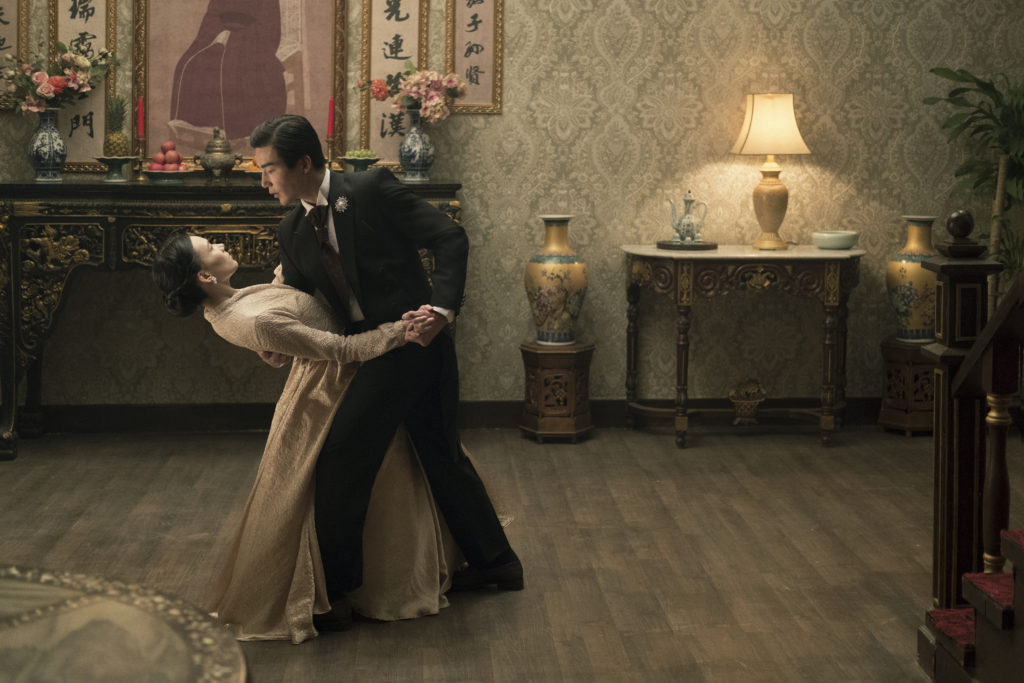
When creating a show like this, you’re forced to serve multiple masters, namely the book and the screenplay. Which can complicate things. When you were shooting The Ghost Bride, what was your primary source? Were you trying to bring together book and screenplay or were you focusing on one thing?
HY: For me it’s one thing. The book has to exist as a book. You can’t be overly faithful to just the book.
Also the book has like 10 subplots going on at the same time…
YH: … Yeah. There’s no way we can fit all of that in. So, we worked with the screenplay which distills all of those elements from the book. That was our map so to speak. But then again, a screenplay is very dry. It’s the where, what, how, and when. The rest is really all the research that went into it. And deciding where we can take creative liberties.
QSC: How do we make it interesting?
ZA: The map and reference versus the book was established very early. Because we actually had a set of documents that was already clearly delineated away from the book. So we started at that point and then interpreted it during production.
How about when directing your cast? What was their primary source?
QSC: I think most of the discussion revolved around the screenplay. How do you reach the maximum potential of the screenplay?
HY: The characters. The motivation. The background. That universe is already there in the screenplay.
QSC: It’s ready for on-screen crafting.

As Malaysian filmmakers, you’re used to working in a more restricted space. What was the Netflix experience like?
QSC: The Ghost Bride, at the end of the day, is a fantasy romance. In terms of the sensitive stuff that usually gets restricted here in ads and film, I think the only beat in which we push the boundaries is the fantasy element. There’s no nudity. No extreme violence. By nature it isn’t that kind of series.
ZA: Credit to Netflix. They gave us a lot of flexibility and freedom. A lot of the input came from these magicians (Quek and Yuhang) who have been living and breathing the series. So all of that was fed back to Netflix who were able to absorb a lot of the input and insights.
Pulling off a period piece in Malaysia in something very difficult to do. There are so many other great stories here that need to be told. Ones that have never made it to the screen. Do you see The Ghost Bride as a sort of trendsetter?
QSC: We certainly hope so.
HY: When you talk about period, the first thing you need is money. No money, no talk.
ZA: No money means contemporary-lah.
HY: You can buy your props at 7-Eleven, and your nearest hardware shop, and MR. DIY. You can’t for a period piece.
QSC: We are not a nation that really takes care of our heritage.
HY: So they disappear fast. I mean, the house we shot The Ghost Bride in was very well preserved. And we were lucky.
QSC: And even with the existing location, it still required a lot of art direction to make it work.
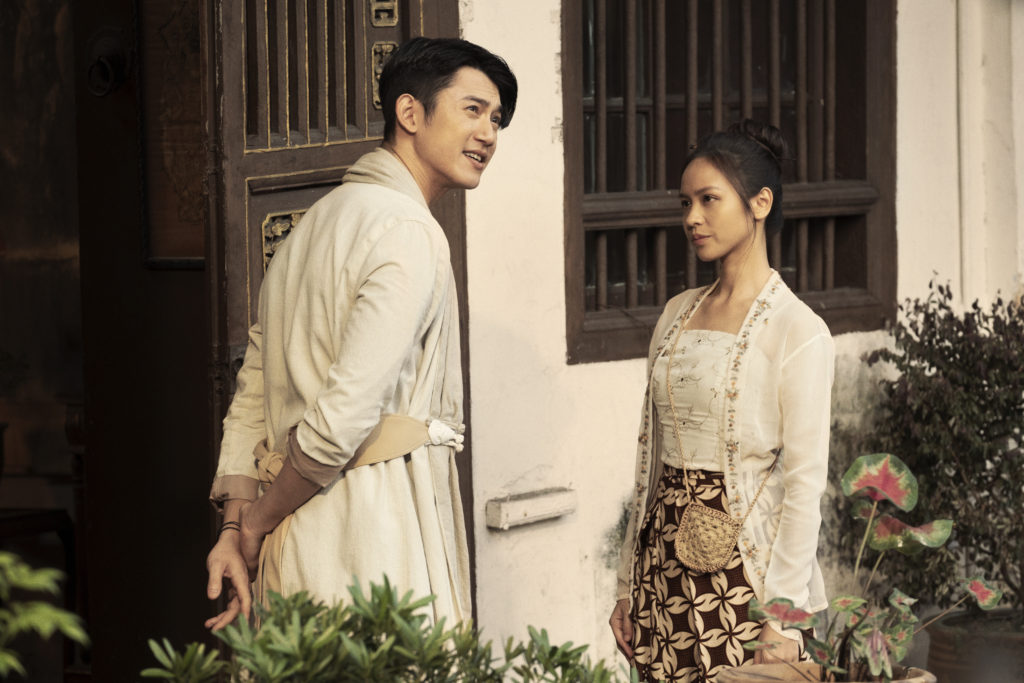
Zainir, this isn’t the first time you’ve worked with Netflix. You did Dirk Gently. Why did you go back to them as a platform for The Ghost Bride?
ZA: Wow. Why not Netflix? When they called me and said we have this opportunity and we’d like to work with you, it took me two-and-a-half nanoseconds to say: “Yeah. Why not?” And my mind was already racing to figure out how we put together a team and the resources to support this vision. The Ghost Bride is probably the best exhibit of what we could potentially deliver as a market. Strong story. A very rich and vibrant palate. One that is universal in nature and in its interpretation. That’s what we should strive to find more and more of.

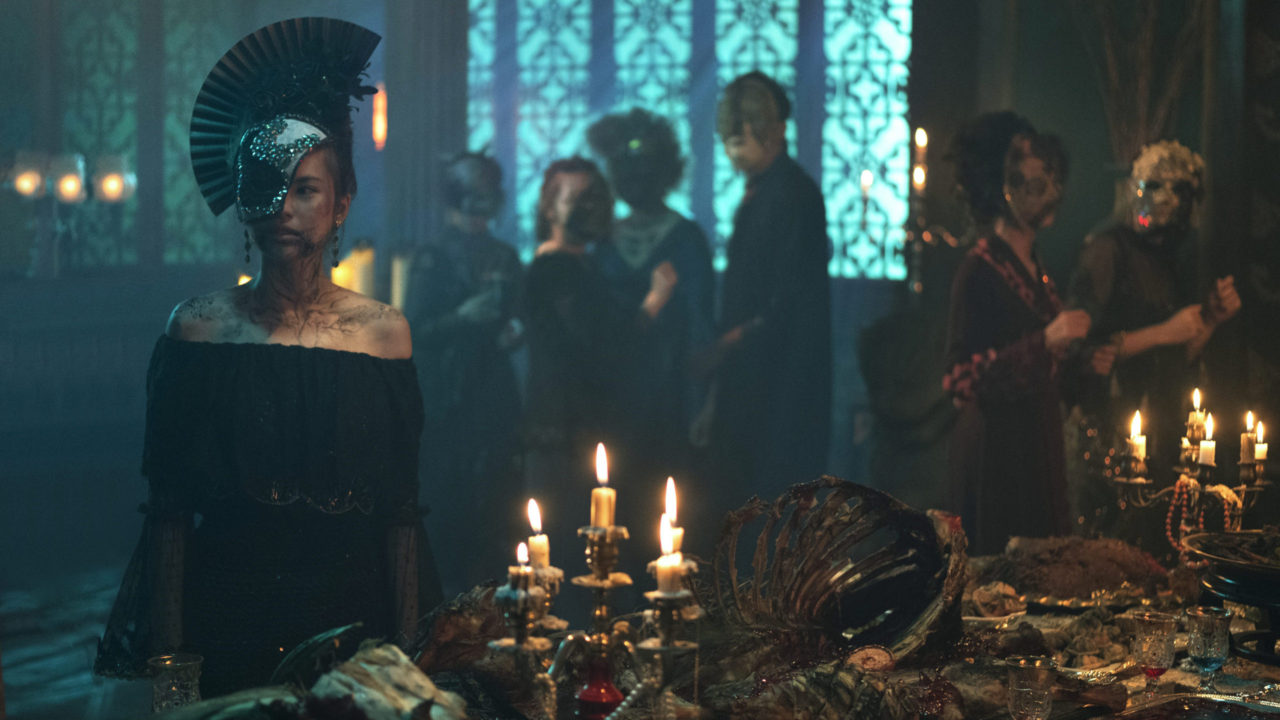
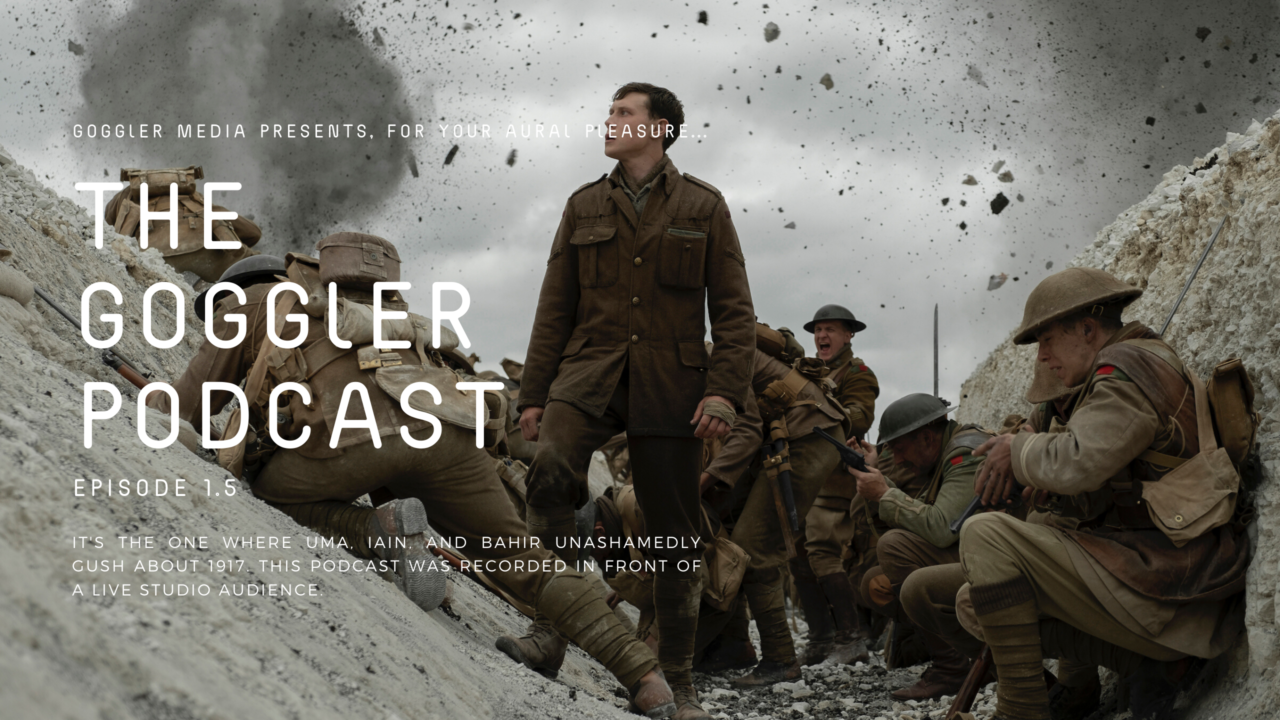
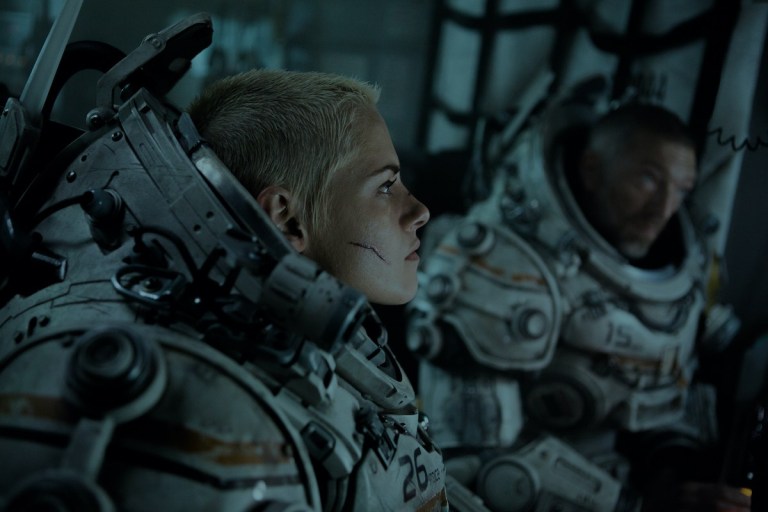

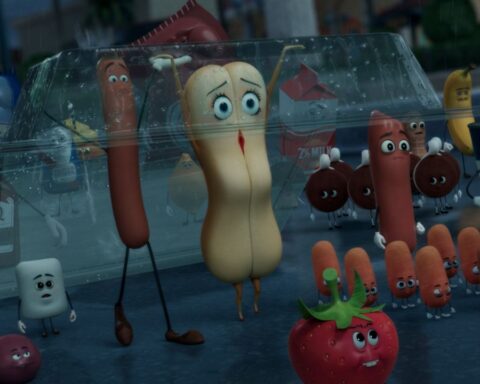
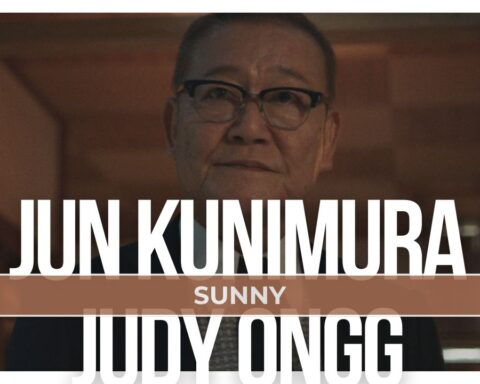

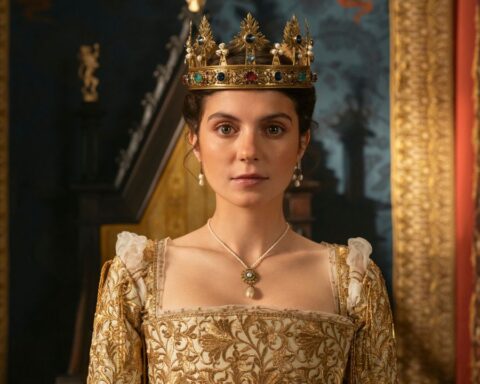
Follow Us